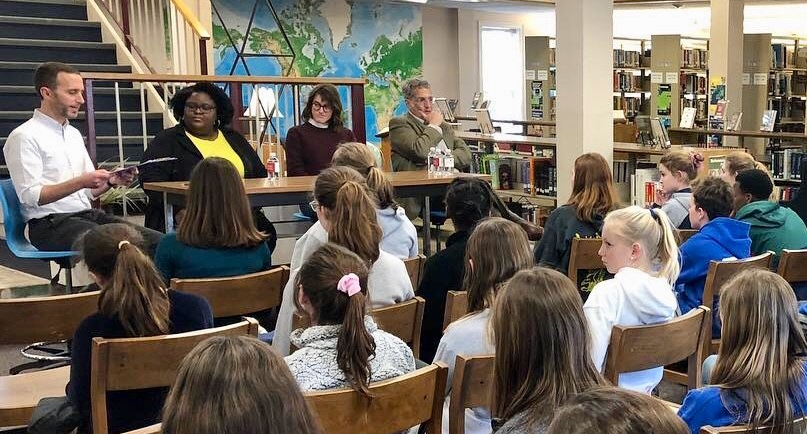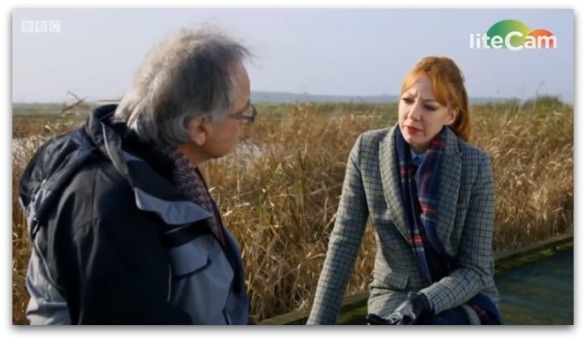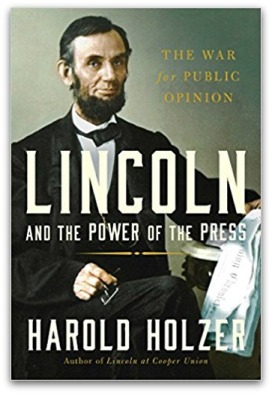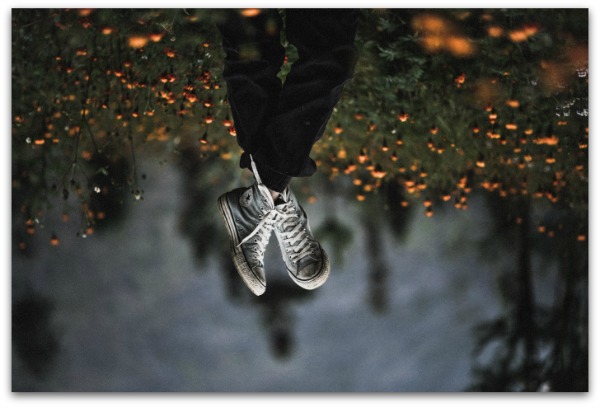
I did something cool back in January. Working with my head of school and our Diversity, Equity, and Inclusion Committee, I organized a new literacy panel featuring three local journalists for my seventh graders, all of whom take a semester long library class with me that meets 45 minutes a week. The panel featured journalists from three different news formats: Akili Franklin, a Metairie Park Country Day alum and current News Director at WDSU, represented television. Peter Kovacs, Editor of The Advocate, represented newspapers, and Laine Kaplan-Levenson, Producer and podcast host at NPR affiliate WWNO, represented radio. If you haven’t listened to Laine’s podcasts Tripod: New Orleans at 300 and Stickey Wicket, do yourself a favor. They are great podcasts to share with students.
Continue reading “Journalism Panel for Middle School Students”









